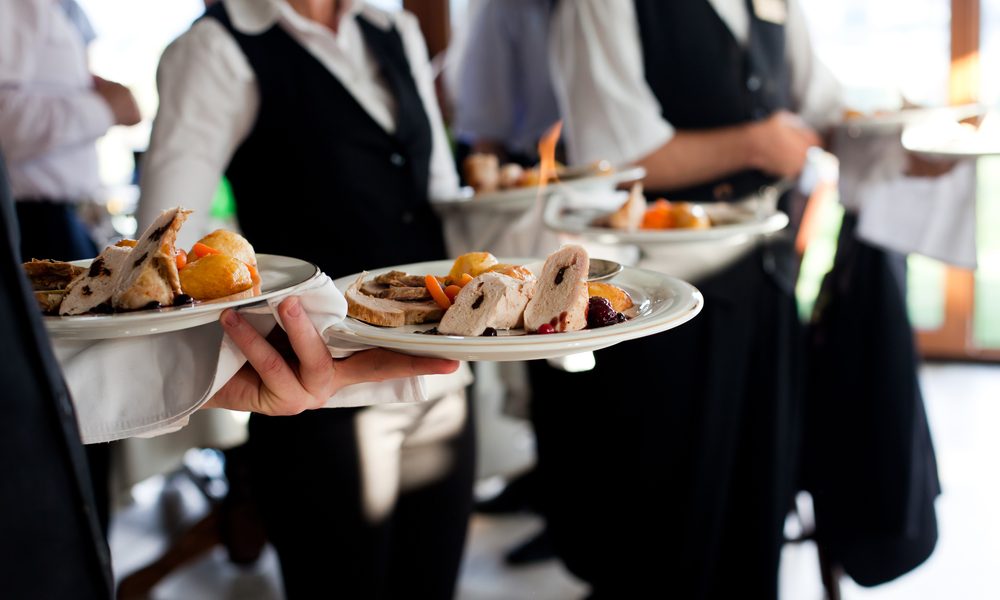The Quick Service Restaurant (QSR) industry is a cornerstone of the fast food sector. Known for its speed, convenience, and affordability, QSRs cater to a broad audience. A crucial element in the success of these establishments is their real estate strategy. This article explores how strategic real estate decisions impact QSR success and offers insights into overcoming common challenges.
The Role of Location in QSR Success
High-Traffic Areas
High-traffic locations are essential for QSR success. Restaurants in bustling areas attract more customers, boosting sales. For instance, McDonald’s often selects busy intersections, ensuring a steady stream of potential diners.
Visibility and Accessibility
Visibility and accessibility directly influence customer footfall. Easy-to-spot locations with ample parking and access from major roads enhance customer convenience. A prominent storefront with clear signage can significantly increase walk-in traffic.
Key Factors in Selecting QSR Real Estate
Visibility
Ensuring the restaurant is easily noticeable is crucial. Techniques such as prominent signage and effective lighting can enhance visibility. For example, Chick-fil-A uses bright, recognizable signage to draw customers.
Accessibility
Accessibility is vital for customer convenience. Adequate parking and easy road access make it easier for customers to visit. Restaurants near public transportation hubs also benefit from increased foot traffic.
Common Challenges in QSR Real Estate
High Rental Costs
High rental costs can strain profitability. Negotiating favorable lease terms and selecting locations with balanced cost and traffic can mitigate this issue. For instance, choosing a slightly less central but still busy location can reduce costs.
Competition for Prime Locations
Securing prime locations is competitive. Offering unique value propositions or negotiating early can help secure desirable spots. For example, Shake Shack’s unique branding and early negotiations often land them prime locations.
The Impact of Lease Agreements on QSR Operations
Financial Implications
Lease terms significantly impact the financial health of QSRs. Favorable terms reduce overhead costs, while restrictive terms can hinder growth. Balancing upfront costs with long-term benefits is crucial for financial stability.
Operational Flexibility and Stability
Flexible lease terms allow QSRs to adapt to changing market conditions. Stable, predictable lease agreements support long-term planning and growth. For example, leases with favorable renewal options provide operational continuity.
Key Elements to Consider
Critical elements in lease agreements include duration, renewal options, rent escalation clauses, and maintenance responsibilities. Understanding these factors helps QSRs negotiate better terms, ensuring financial and operational stability.
Future Trends Influencing QSR Real Estate Decisions
Technological Advancements
Technological advancements, such as mobile ordering and delivery services, are changing QSR real estate needs. Smaller dining areas and larger kitchen spaces are becoming more common. Adapting to these trends ensures relevance in a tech-driven market.
Changing Consumer Preferences
Consumer preferences for healthier, locally-sourced food influence real estate choices. Locations that align with these preferences, such as those near organic markets, can attract health-conscious customers. Adapting to these trends helps QSRs stay competitive.
Sustainability Practices
Sustainability is increasingly important in real estate decisions. Eco-friendly buildings and energy-efficient designs attract environmentally conscious customers. Implementing green practices can also reduce operational costs and improve brand reputation.
Predictions and Insights
Future trends suggest a continued focus on technology and sustainability. QSRs that embrace these trends in their real estate strategies will likely see sustained growth. Staying informed about market shifts ensures long-term success.
Adapting to Changing Real Estate Market Dynamics
Flexibility and Innovation
QSRs must be flexible and innovative in their real estate strategies. Embracing new technologies and non-traditional locations, such as food trucks or shared kitchen spaces, can reduce overhead costs and increase reach.
Final Thoughts
Understanding and adapting to real estate dynamics helps QSRs thrive in a competitive market. Continuous learning and strategic planning are key to success.
Call to Action
QSR operators should stay informed and adaptable, leveraging strategic real estate decisions for long-term growth and success.
For more in-depth insights on QSR trends, strategies, and best practices and QSR Real Estate dynamics and decisions, visit our detailed resources.








